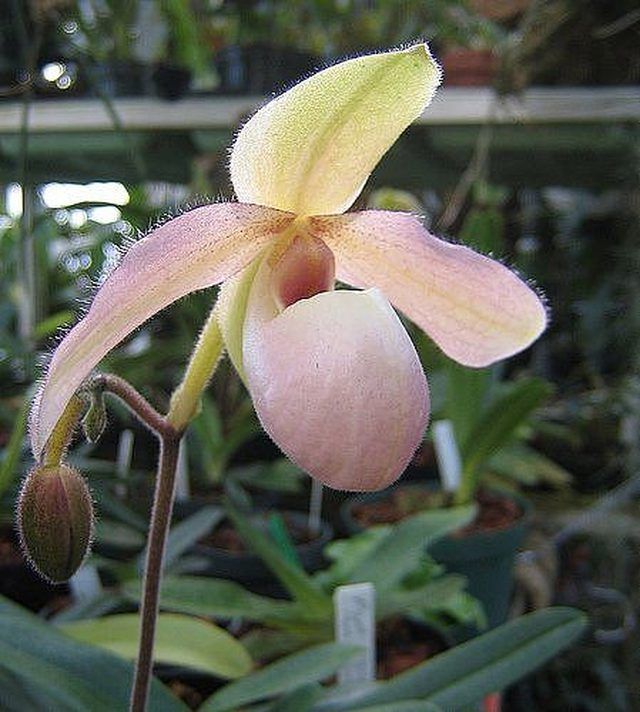Bulbs
Flower Basics
Flower Beds & Specialty Gardens
Flower Garden
Garden Furniture
Garden Gnomes
Garden Seeds
Garden Sheds
Garden Statues
Garden Tools & Supplies
Gardening Basics
Green & Organic
Groundcovers & Vines
Growing Annuals
Growing Basil
Growing Beans
Growing Berries
Growing Blueberries
Growing Cactus
Growing Corn
Growing Cotton
Growing Edibles
Growing Flowers
Growing Garlic
Growing Grapes
Growing Grass
Growing Herbs
Growing Jasmine
Growing Mint
Growing Mushrooms
Orchids
Growing Peanuts
Growing Perennials
Growing Plants
Growing Rosemary
Growing Roses
Growing Strawberries
Growing Sunflowers
Growing Thyme
Growing Tomatoes
Growing Tulips
Growing Vegetables
Herb Basics
Herb Garden
Indoor Growing
Landscaping Basics
Landscaping Patios
Landscaping Plants
Landscaping Shrubs
Landscaping Trees
Landscaping Walks & Pathways
Lawn Basics
Lawn Maintenance
Lawn Mowers
Lawn Ornaments
Lawn Planting
Lawn Tools
Outdoor Growing
Overall Landscape Planning
Pests, Weeds & Problems
Plant Basics
Rock Garden
Rose Garden
Shrubs
Soil
Specialty Gardens
Trees
Vegetable Garden
Yard Maintenance
How to Take Care of Epiphytic Plants
How to Take Care of Epiphytic Plants. Epiphytic plants are also known as air plants and staghorn ferns, orchids and bromeliads are the most well known. These plants grow without dirt and can be a fun addition to your garden. Read on to learn how to take care of your epiphytic plants.
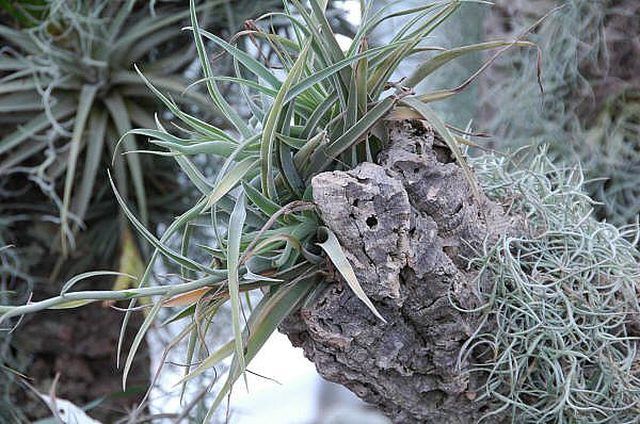
Epiphytic plants are also known as air plants and staghorn ferns, orchids and bromeliads are the most well known. These plants grow without dirt and can be a fun addition to your garden. Read on to learn how to take care of your epiphytic plants.
Things You'll Need
Fertilizer
In the wild most epiphytic plants are attached to the bark of a tree. Although the plant looks as though it is feeding off the tree it is not. The plant is not a parasite, it is merely using the tree as support. An epiphytic plant can do just as well in a wire basket with only moss.
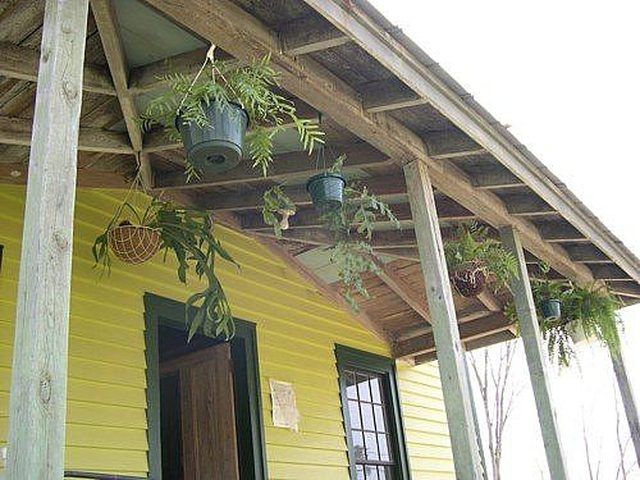
Air plants are tropical plants and they need, partial shade, indirect sunlight and wind protection. West side is best. Keep this in mind when you are hanging your plant. You may want to create a aerial garden for your plant. See my article on How to Grown an Aerial Garden to find out how.
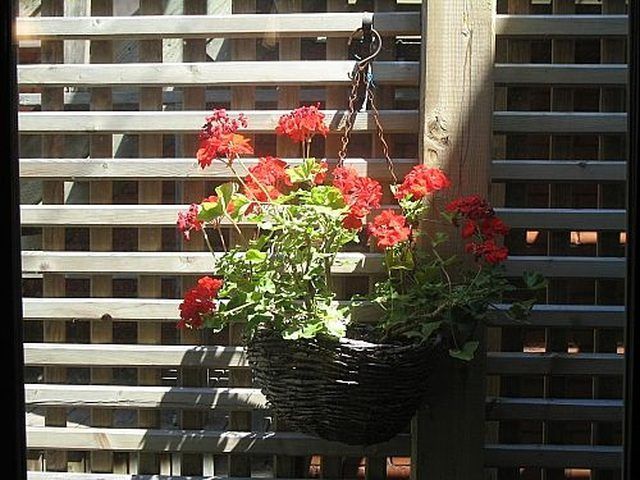
Air plants need warmth and humidity and water. A weekly regiment of a warm bath where you allow its roots to soak for about 15 minutes, will keep it happy. As the plant grows it may get more difficult to move, so soaking it down slowly with a bottle of room temperature water will work. There is always an exception to the rule. I knew a woman that had a staghorn fern attached to a piece of board in her patio for 40 years that had grown to a huge size and all she did was hit it with hose water once a week.
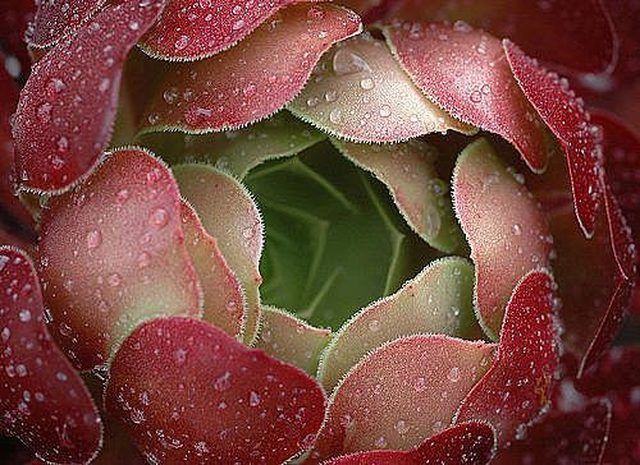
If you live in a cold climate you will need to bring your epiphytic plants inside when the temperature drops or have a greenhouse.

Fish fertilizer is the closest type of fertilizer for the air plants. You can also use any other liquid fertilizer about twice a month.
